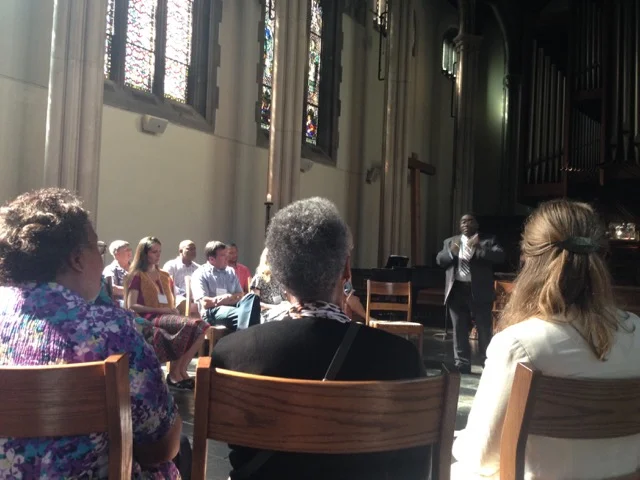Sukkot: The Jewish Environmental Holiday
From GreenProphet.com -
After the heaviness of Yom Kippur (Day of Atonement), Sukkot joins Passover and Shavuot as a Jewish holiday which celebrates agriculture and is known as Z’man Simchateinu, the season of our rejoicing. It is the most festive of all the holidays and lasts for seven days and has a direct link to the environment.
Dating back to ancient times, it is one of the Shalosh Regalim (3 Pilgrimage Festivals) when Jews from all over the world descended upon Jerusalem to celebrate.
Historical records and other ceremonies which accompany the holiday prove that Sukkot was originally a harvest festival, or the Feast of the Ingathering. Think of it as a kind of Thanksgiving when farmers would celebrate the harvest of their seasonal fruits and vintage. Sukkot also celebrates the the time when farmers had completed their harvest and were just kicking back before the first rains of the season. The origins of building Sukkahs (temporary shelters) came from when the farmers would dwell with their families and eat meals in them to be close to the harvest in celebration of a job completed.
They would decorate the sukkah by hanging seasonal fruits and vegetables such as grapes, corn, apples and pomegranates to show appreciation to god for the gifts of nature. The roofs of the huts were typically covered with Bamboo or other foliage that was spaced out to let in the light during the day and catch a glimpse of the stars at night.
It was only later that Sukkot took on added significance to commemorate the exodus from Egypt, when Moses and the Jewish people would live in the sukkahs in the wilderness while they wandered for 40 years to reach the Holy Land.
Many of the rituals of Sukkot are still practiced today using the symbols of ancient times. Palm Fronds, yellow citron (etrog), aravot and hadassah leaves are the agricultural items involved in ceremonies.
- Lulav (לולב) – a ripe, green, closed frond from a date palm tree
- Hadass (הדס) – boughs with leaves from the myrtle tree
- Aravah (ערבה) – branches with leaves from the willow tree
- Etrog (אתרוג) – the fruit of a citron tree
These are commonly known in Hebrew as Arba’at Ha-Minim (The Four Species). While in ancient times, Karaite Jews built their Sukkot using branches from these four species, Talmudic Jews used three types of branches (first 3 above) along with the Etrog in a special ceremony that includes blessings and waving of the four species in four different directions. Being a mitzvah (good deed), the ritual symbolizes a Jew’s service to god.
Variations in the ritual are evident among Ashkenazi (European) and Sephardic (African and Middle Eastern) Jews, but the gist is basically the same.
##
Read the full post here.







